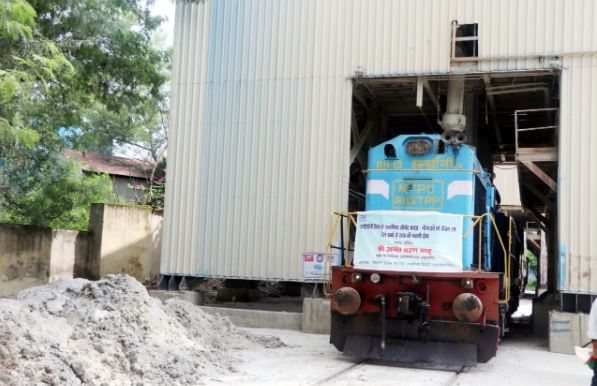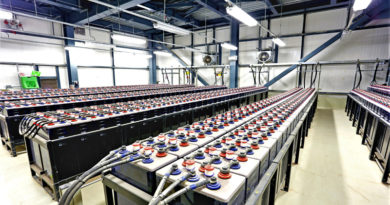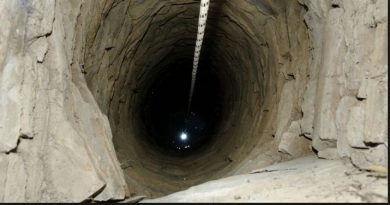Fly Ash Finds New takers As NTPC Works With Indian Railways To Reach Farther

India’s biggest power producer, NTPC continues to expand its partnership with cement manufacturers across India to supply fly ash to accomplish 100% usage of the by-product from power generation. Helping it achieve its purpose is the sprawling Indian Railways network that helps to transport the fly ash in a ‘environmentally friendly’ manner.
Achieving this has been an important part of sustainable operations for thermal plants, as accidents involving build up of fly ash can be disastrous for the local environment. In 2020, we have already seen serious accidents involving a leak at Reliance’s Sasan Power Project fly ash pod that claimed two lives, besides collapses at Singrauli and in Telangana that caused heavy pollution in the environment and local river, respectively.
At present, almost 73% of the fly ash produced by NTPC is being used for the creation of concrete and fly ash blocks, street side development, and mine-filling. Besides, NTPC Rihand is the first power plant in Uttar Pradesh to send fly ash to cement factories. The latest information shows that it shipped 3,834 metric tons (MT) of moulded fly ash in 59 BOXN carts at Dalmia Cement (Bharat) Ltd’s. plant at Nagaon, Assam. Earlier, the rail rakes of conditioned fly ash were dispatched to ACC plants in Tikaria (U.P), Kymore (M.P) and Ropar (Punjab).
During the financial year 2019-20, almost 44.33 million tonnes of fly ash was utilised for various productive purposes. NTPC produces approximately 65 Million Tonnes of Ash annually, out of which 80% (approx. 52 Million MT) is Fly Ash. Presently, about 73% of total ash is being utilized for production of cement and fly ash bricks, road embankment construction, mine filling, low-lying land development, and ash dyke raising.
The emergence of fly ash bricks has been a win win for power producers and builder. While the properties of fly ash as a replacement for pozzalanic cement were known way back in the 1970’s, it is only in the past decade that the push to ‘recycle’ it picked up pace, as massive amounts built up at power plants.
For power producers like NTPC, it is an effective option at scale to get rid of a polluting by product of coal fired power production . For manufacturers, builders, and civil engineers , the bricks are useful for their high quality, consistency, and lower requirement of mortar plastering. In 2019-20, practically 44.33 million tons of fly debris were used for different productive purposes.
However, in recent years , the importance of getting the mix right has also been stressed for sly ash bricks. The typical raw materials of making a fly ash bricks requires 60% of fly ash, 30% of sand/stone dust, and 10% of ordinary Portland cement. A higher amount of fly ash in a mixture with cement or fly ash bricks can decrease its strengths at early stages, delayed setting time, loss of certain forms of durability, and lower later strengths. Therefore, poor quality fly ash or excessive use or a mix of fly ash increases the permeability of the concrete and cause damage to the building.
An added advantage which has been valued in tropical areas is the lower propensity to absorb heat for flyash bricks. Plus, their lighter weight means it reduces the dead load in structures.
NTPC’s main objective is to consider ash utilization as an integral process of power generation and make all-out efforts to maximize ash utilization towards 100% on a sustainable basis. And to promote evolving innovative methods of ash utilization.





Fly ash is an important construction material these days. Lots of research have been done by various leading institutes in India for its use in Roads, Dams and other engineering structures. Provision in this regard has also been made in various codes and guidelines of the nodal ministries.
Now it is the time to implement for environmental protection and sustainability.